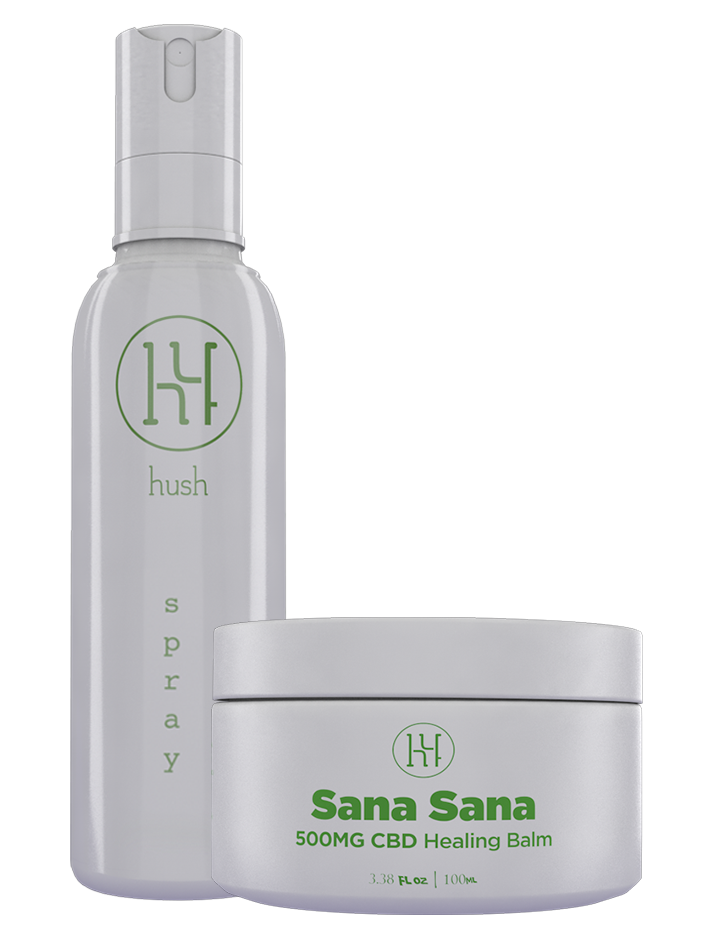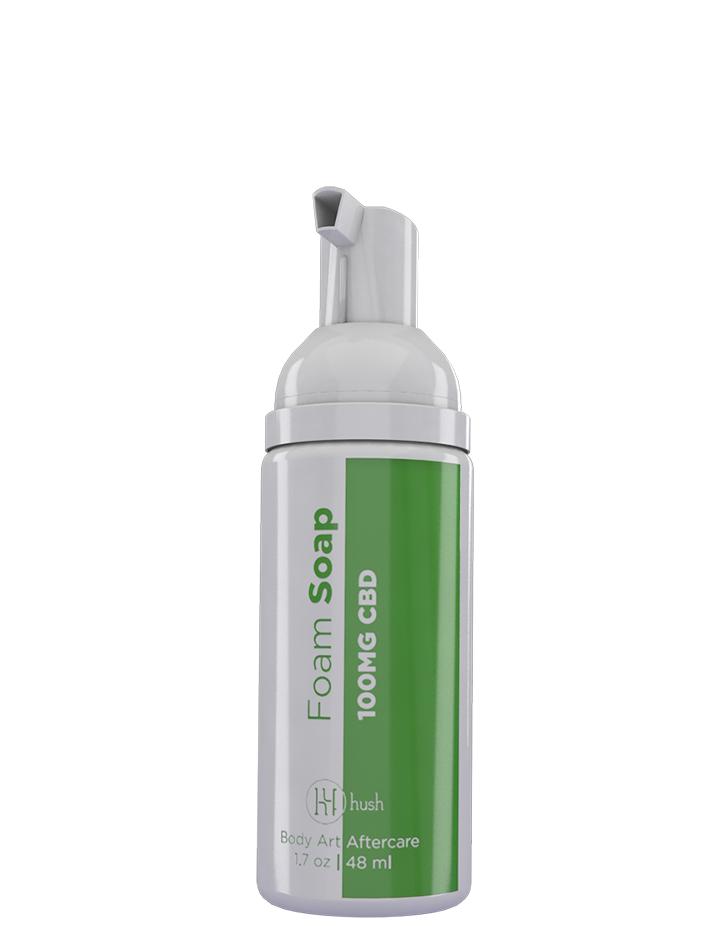What's Really Happening to Your Skin When You Get a Tattoo



Layers of Your Skin
The first step in understanding what really happens when you get a tattoo is to look at the anatomy of your skin. Your skin is an organ (technically the largest one in your body), and it’s made up of three layers. The top layer, which we see, is called the epidermis, and it’s about as thick as a piece of paper. Underneath the epidermis is the dermis, the most important layer when we’re looking at what happens to your skin when you get a tattoo. The dermis is much thicker than the epidermis, except in a few areas like your eyelids. The dermis contains nerve endings, hair follicles, and connective tissues, as well as oil and sweat glands. The final layer of skin is made up of fat. If a tattoo is attempted by someone who is not trained, or does not have the right equipment, ink can accidentally get placed into the dermis or the subcutaneous fat. In both cases, you will not end up with the tattoo you wanted. An ink that’s placed too shallow will generally form an ugly blob that gets absorbed by the body. Ink that’s placed too deep can move throughout your skin. That’s why ink placement is an essential component of a good tattoo.
The Mechanics of a Tattoo
Most of the tattoos you see today were done with a tattoo machine that contains a needle of the artist’s chosen diameter. For instance, 0.35 millimeters is commonly used because it provides a good balance of speed and specificity. A larger needle will allow the tattoo to be created more quickly, but takes away the fine level of control needed for the best attention to detail. Tattoo artists often use different needles for different jobs: outlining, shading, and filling larger areas of color. The mechanical tattoo machine can move the needle in and out of your skin as many as 3,000 times a minute. While you may be picturing the same type of needle used for vaccines, tattoo needles are different. For a tattoo, the ink does not flow down the inside of one needle, into your skin. Instead, tattoo ink is placed with what’s actually a cluster of 3 or more tiny needles. The ink lies between these needles, and once your skin is punctured, it leaves the needles and gets sucked into place in your dermis.
The Permanence of a Tattoo
Ever wonder why the tattoo ink stays in the dermis layer where it’s put, instead of getting absorbed into the body? The key lies in the size of the tattoo ink’s pigment particles. When you get a tattoo, your body considers the deposited pigment to be invaders. It quickly reacts by sending white blood cells to attack these potential enemies. Your white blood cells want to carry the pigment away, so your body can dispose of it. But this isn’t going to happen because the pigment particles are too large. Since the white blood cells cannot rid your body of the pigment, it stays put. You will see some temporary effects of the white blood cells and extra fluid that your body sends to the tattoo site though, including redness and swelling.
Does it Hurt?
The process of getting a tattoo may seem uncomfortable because your skin is being pierced by needles thousands of times a minute. Additionally, the “foreign” substance being placed into your body will likely cause some combination of redness, swelling, and bruising. Today, however, more and more tattoo artists are relying on topical anesthetics to offset tattoo pain and enhance the tattoo collector’s experience. HUSH Pro Team artists like Alisha Gory and Katie Shocrylas, for example, regularly use a lidocaine-based gel and spray to put their clients at ease. These topical anesthetics not only numb but also help reduce swelling and irritation with added botanicals and natural extracts. So yeah, a tattoo can hurt but it certainly doesn’t have to anymore. Visit Hush Anesthetic's shop for more information about topical anesthetics and tattoo aftercare.




